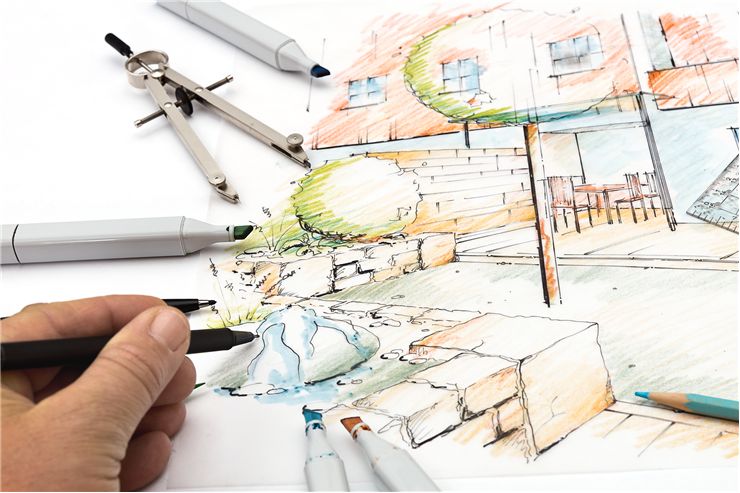History of Writing Implements - Tools for Writing
Writing is one of the most important inventions of humanity. It allowed us to record our history, ideas, and discoveries and spread them across the globe for all to know. As writing developed, so did writing instruments and techniques.
Earliest writing tools didn’t use pigment to leave marks on the surface but were made to be rigid so they could engrave texts into different materials. Chinese, for instance, are carved into turtle shells.
Ancient Sumerians and Babylonians used a triangular stylus to write on soft clay tablets, which would be later baked. Romans wrote on wax tablets with styluses, allowing them to erase written text. These methods, of course, had their disadvantages. Clay tablets were heavy and brittle. Wax tablets were not heat resistant. Because of that, people tried to find other solutions. They appeared as writing tools that used pigment of some sort. Scribes of Ancient Egypt used reed pens made from a single reed straw, cut and shaped into a point.
As a surface for writing with these pens, papyrus was used. Reed pens didn’t last long and were too stiff, so they were replaced with quills. Quills are pens made from the flight feathers of large birds. The hollow shaft of these feathers holds the ink, which flows to the tip, which is cut into the shaft by capillary action. Different materials were written on with quills, like parchment and vellum. It is known that some of the Dead Sea Scrolls, dating back to 100 BC, was written with quills. The first quills were cut into a square tip and rigid and were like that for many centuries imitating reed pens. From the 17th century, when writing became more popular, quills were made more flexible and cut to a point. Some hundred years earlier, graphite deposits were discovered in England, which marked the birth of pencils that didn’t use ink but a core of a solid pigment, graphite in the beginning, and later a mixture of powdered graphite and clay. They were covered in leather and later in the thin wooden cylinder, as we still do today. They became popular because they were easy to use, couldn’t spill, and could be easily erased if a mistake is made, unlike ink. Some even come with an eraser on one end.
The popularity of quills lasted until the 19th century when the first pens with metal nibs appeared (although there were earlier tries at metal pens, they didn’t catch on). John Mitchell from Birmingham was the first to mass-produce pens with metal nibs in 1822. These had a handle and a metal point with a split that held a small amount of ink when dipped. They worked the same as quills but lasted much longer, didn’t need to be sharpened, and could be made to a much finer point. Bartholomew Folsch received a patent in England for a pen with an ink reservoir in 1809. French Government patented a fountain pen in May 1827, an invention of Romanian Petrache Poenaru. The Ballpoint pen was invented in 1888 by John J. Loud and improved by László Bíró in 1938. Slavoljub Eduard Penkala invented the mechanical pencil in 1906 and the first solid-ink fountain pen in 1907. Felt-tipped pen, a predecessor of markers and highlighters, was an invention of Yukio Horie from Japan. Roller ball pen, which uses water-based ink, appeared in 1963, also in Japan. Porous point pens that have points made from porous materials such as felt or ceramic appeared in the 1990s. We still use pens and pencils for writing, drawing, and styluses (but those just on touch screens).



